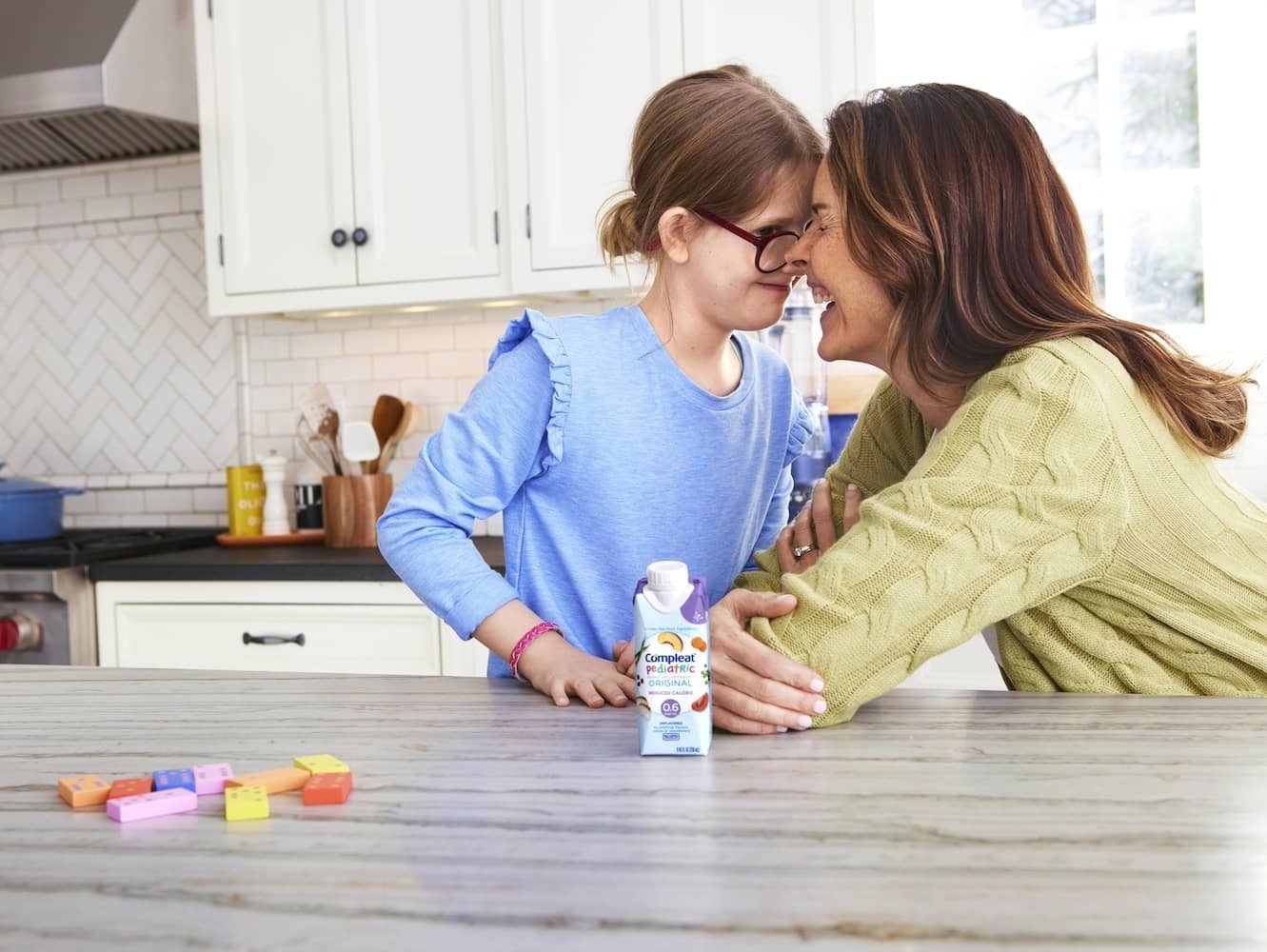So, your doctor has prescribed home enteral nutrition – or home tube feeding. What does that mean? “Enteral” is just another word for stomach and intestines, and “enteral nutrition” refers to the nutrient-rich liquid formula that flows gently through a special tube into your stomach or intestine – your feeding tube.
If you’re feeling anxious about starting home tube feeding, that’s completely normal. Just remember, you are not alone. An estimated 344,000 people of all ages are currently using feeding tubes at home too. When you’re not able to eat or digest food normally, a feeding tube provides the safety net you need. It provides all the essential nutrients – calories, protein, carbohydrates, fats, fibers, vitamins and minerals – to help you maintain good health, just like regular food.
Where Will My Feeding Tube Go?
There are several different locations, or routes, through which a feeding tube is placed to deliver the formula you need. Each of these routes allows the nutrients in the formula to be used by your body just as if you were eating a regular meal.
Types of feeding tubes include:
- Nasogastric. The feeding tube passes through the nose, down the throat and esophagus, and ends in the stomach.
- Nasointestinal. The feeding tube passes through the nose, throat and esophagus, continues through the stomach, and ends in the first section of the small intestine.
- Gastrostomy. The feeding tube is inserted through the skin directly into the stomach.
- Jejunostomy. The feeding tube is surgically inserted into the jejunum—the middle section of the small intestine.
Your doctor will select the best type of feeding tube for you based on your medical situation and nutritional needs.
Learning the Lingo of Tube Feeding
When you’re first starting out, this new world of tube feeding can feel overwhelming. An important first step to feeling at ease with your feeding tube is to learn a few key terms that will help you better understand and communicate with your healthcare team.
Understanding these important words will help you begin to feel more comfortable and confident with your new tube feeding routine:
- Bolus Feeding. A bolus feeding is administered much like a discrete, individual meal or snack. In contrast to a continuous tube feeding (see below), bolus feedings may be larger in volume and are given over a short period of time – usually less than 30 minutes – with breaks in between feeding, just like typical meals or snacks.
- Continuous Feeding. As the name implies, this is an ongoing feeding administered without breaks. Unlike bolus feeds (see above), continuous feeds provide a slow and steady flow of formula through the tube in small amounts over the course of many hours. Some people use a combination of bolus and continuous feeding methods.
- Flushing. To keep the feeding tube from clogging, it’s important to flush the tube with water, typically administered through a syringe. This helps clear out any formula or medication that may obstruct the tube. Always flush before and after each bolus feeding or at regular times during a continuous feeding.
- Stoma. The stoma refers to the physical site where the feeding tube connects to the body (i.e., your stomach). Your doctor may ask about any skin irritation around the stoma or provide directions for how to care for the stoma.
- Tube Feeding Tolerance. Your healthcare team will commonly ask you how you’re tolerating your feeding – in other words, how you’re physically reacting to your formula and the feeding method you’re using. If you’re feeling ill or uncomfortable during or after your feeds (e.g., experiencing nausea, reflux, diarrhea, constipation, bloating, etc.), that may be a sign of a feeding intolerance.
Getting Comfortable with Your Feeding Tube
Feeling truly comfortable with your feeding tube takes time. You may initially be faced with new physical, social and emotional challenges. Just remember, there are many resources and support systems available for you – from your medical healthcare team and mental health provider to your family, friends, online networks and social support groups. Talk to your doctor or dietitian to learn more.
Stay up to date with our Insights!

 Blog
Blog

